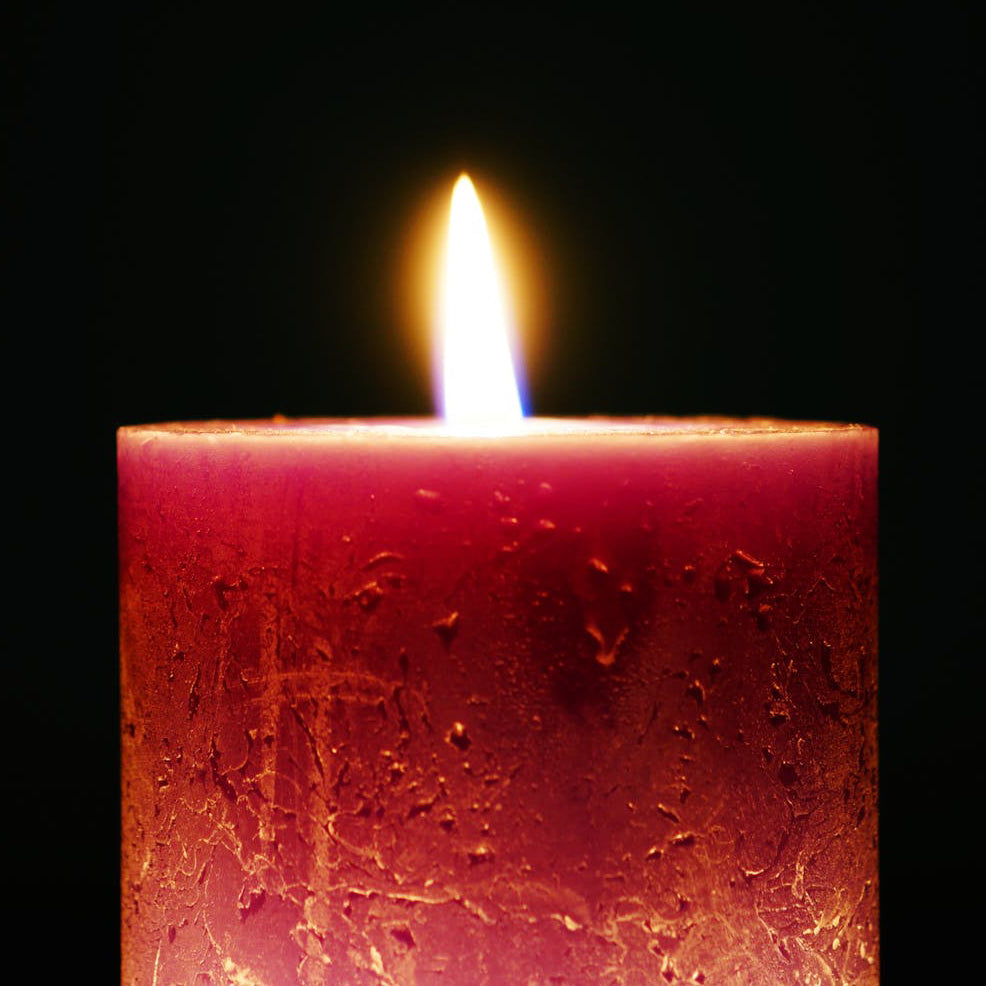Holiday Candles and Carcinogens
November 01 2017

Carcinogenic Candles?
The holiday season is in full swing. Traditionally this means warm fires, yummy treats, and lots and lots of candles. Who else loves the smell of a fragrant pine or a warm apple spice candle? They really enhance the surrounding area! Unfortunately though, most of these candles are doing more harm than good. It is important to look at what is inside these candles to determine whether or not they are a good option for your home.
Traditional candles are made from paraffin wax, a petroleum byproduct that has to be bleached and processed before it can be converted into a wax. When this wax is heated, it releases high levels of benzene, toluene, dioxin and phthalates (source). Benzene and toluene are two chemicals known to be carcinogenic, and in fact, are the same two chemicals that are found in diesel fuel fumes.
Another common issue with conventional candles is the wick. There are several countries around the globe that continue to make candle wicks with lead. The lead core of these are hazardous to health when burned. According to the EPA, "A candle with a lead-core wick releases five times the amount of lead considered hazardous for children and exceeds EPA pollution standards for outdoor air", says the CPSC, which is why they banned lead wicks in 2003. Exposure to high amounts of lead has been linked to hormone disruption, behavioral problems, learning disabilities, and numerous health problems.” (source) You may be purchasing a candle that was imported from a country that does not follow the lead-free wick standard.
Lastly, our favorite part about scented candles, is the artificial fragrance. Scented paraffin candles produce more soot, which leads to the release of dangerous particulates in the air (source). These particulates can get deep within the lungs.
Solutions and Replacements
You may want to start by burning those regular candles (pun intended). Seriously though, toss them and opt for better options. Luckily we live in a world where finding alternatives is easy.
You can swap your hazardous candles out for soy or beeswax candles with cotton wicks, and scented with essential oils. These candles will burn cleaner and give you the same warm, glow-y, candle feel.
You can also forego burning candles entirely and opt for an oil diffuser. Oil diffusers are phenomenal in general, but also create moisture in the air to help balance out the dry winter months.
You may also want to purify your indoor air with some negative ions. Regular candles release positive ions. According to the dictionary, "Positive ions, or cations, are formed by the loss of electrons; negative ions, or anions, are formed by the gain of electrons. Ions can be either positively or negatively charged.”
Beeswax candles emit negative ions. These negative ions bind to the positive ions and neutralize them. Another great option is a salt lamp, which also emits negative ions and provides that lovely warm glow.


0 comments